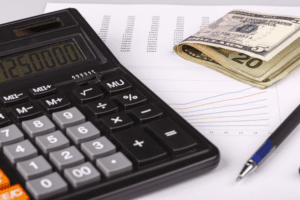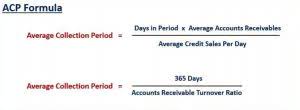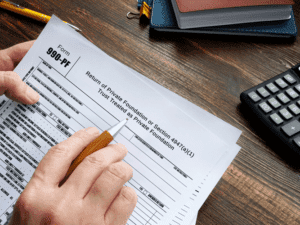
Both the items of Notes Payable and Notes Receivable can be found on the Balance Sheet of a business. Notes Receivable record the value of promissory notes that a business owns, n/p accounting and for that reason, they are recorded as an asset. NP is a liability which records the value of promissory notes that a business will have to pay. Again, you use notes payable to record details that specify details of a borrowed amount. With accounts payable, you use the account to record liabilities you owe to vendors (e.g., buy supplies from a vendor on credit). At some point or another, you may turn to a lender to borrow funds and need to eventually repay them.
- The short term notes payable are classified as short-term obligations of a company because their principle amount and any interest thereon is mostly repayable within one year period.
- When preparing the financial statements as of November 30, 2013, Green Inc. makes an adjusting journal entry to record one month of interest in the amount of $250 ($50,000 x .06 x 1/12).
- The core components include the principal (the initial amount borrowed), the stated interest rate, and the maturity date.
- Many notes payable require formal approval by a company’s board of directors before a lender will issue funds.
- The proper classification of a note payable is of interest from an analyst’s perspective, to see if notes are coming due in the near future; this could indicate an impending liquidity problem.
Journal entries for zero-interest-bearing note:

These are written agreements in which the borrower obtains a specific amount of money from the lender and promises to pay back the amount owed, with interest, over or within a specified time period. It is a formal and written agreement, typically bears interest, and can be a short-term or long-term liability, depending on the note’s maturity time frame. The long term-notes payable are classified as long term-obligations of a company because the loan obtained against them is normally repayable after one year period. They are usually issued for buying property, plant, costly equipment and/or obtaining long-term loans from banks or other financial institutions.

Notes Payable

On November 1, 2018, National Company obtains a loan of $100,000 from City Bank by signing a $102,250, 3 month, zero-interest-bearing note. National Company prepares its financial statements on December 31, each year. National Company prepares its financial statements on December 31 each year. Therefore, it must record the following CARES Act adjusting entry on December 31, 2018 to recognize interest expense for 2 months (i.e., for November and December, 2018). On November 1, 2018, National Company obtains a loan of $100,000 from City Bank by signing a $100,000, 6%, 3 month note. If the note is zero-interest bearing, the present value tables have to come into play.
Showing the Money: The Statement of Cash Flows
Notes payable and accounts payable are both liability accounts that deal with borrowed funds. Once you create a note payable and record the details, you must record the loan as a note payable on your balance sheet (which we’ll discuss later). National Company must record the following journal entry at the time of obtaining loan and issuing note on November 1, 2018. Notes payable showing up as current liabilities will be paid back within 12 months. An interest-bearing note is a promissory note with a stated interest rate on its face. This note represents the principal amount of money that a lender lends to the borrower and on which the interest is to Financial Forecasting For Startups be accrued using the stated rate of interest.
Short-term and long-term notes payable:
Additionally, they are classified as current liabilities when the amounts are due within a year. When a note’s maturity is more than one year in the future, it is classified with long-term liabilities. Another problem with net profit ratio is that it is not a long-term measurement of profitability.

Quantitative Finance For Dummies Cheat Sheet
Learn all about notes payable in accounting and recording notes payable in your business’s books. On February 1, 2019, the company must charge the remaining balance of discount on notes payable to expense by making the following journal entry. It must charge the discount of two months to expense by making the following adjusting entry on December 31, 2018.









